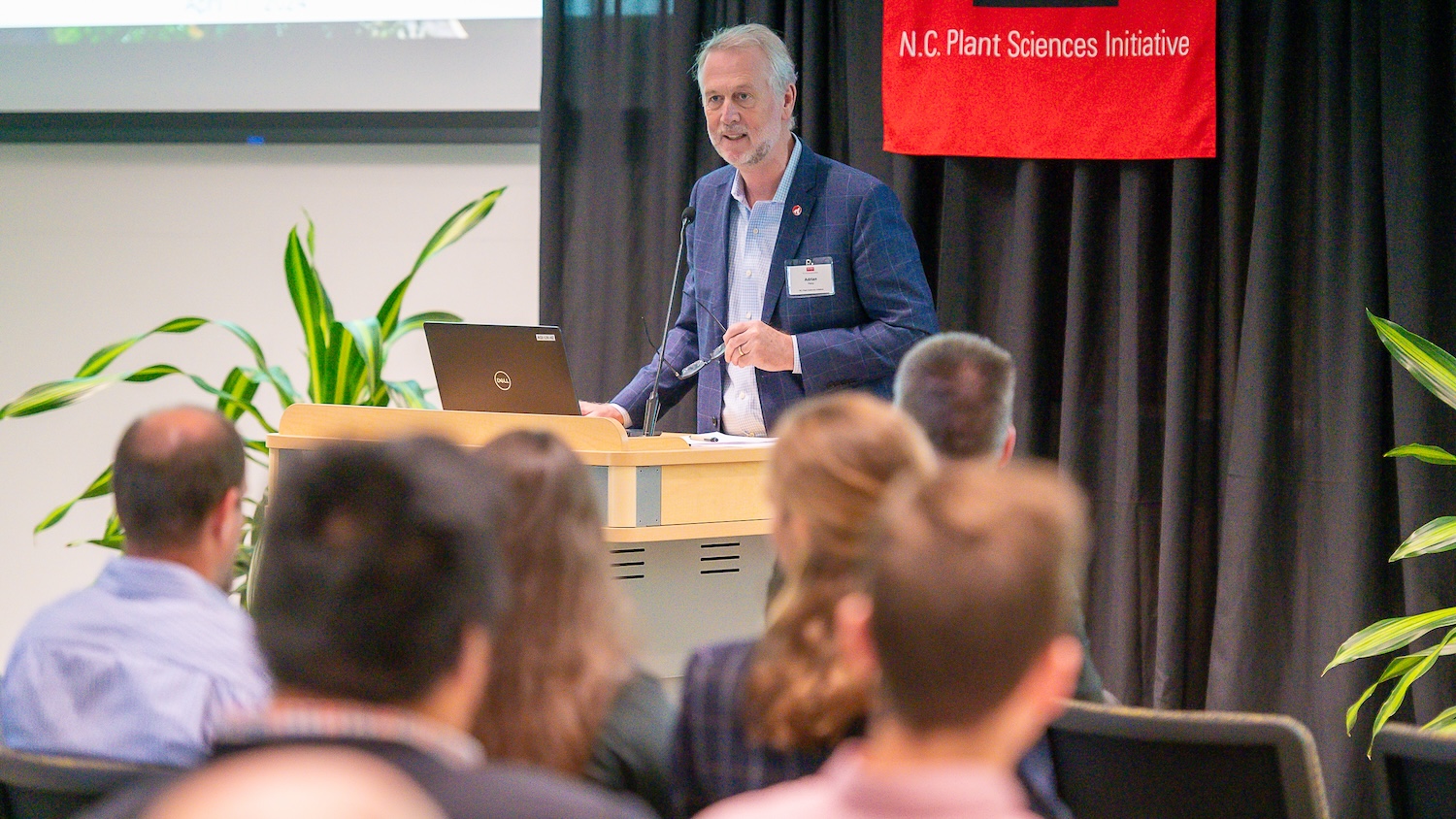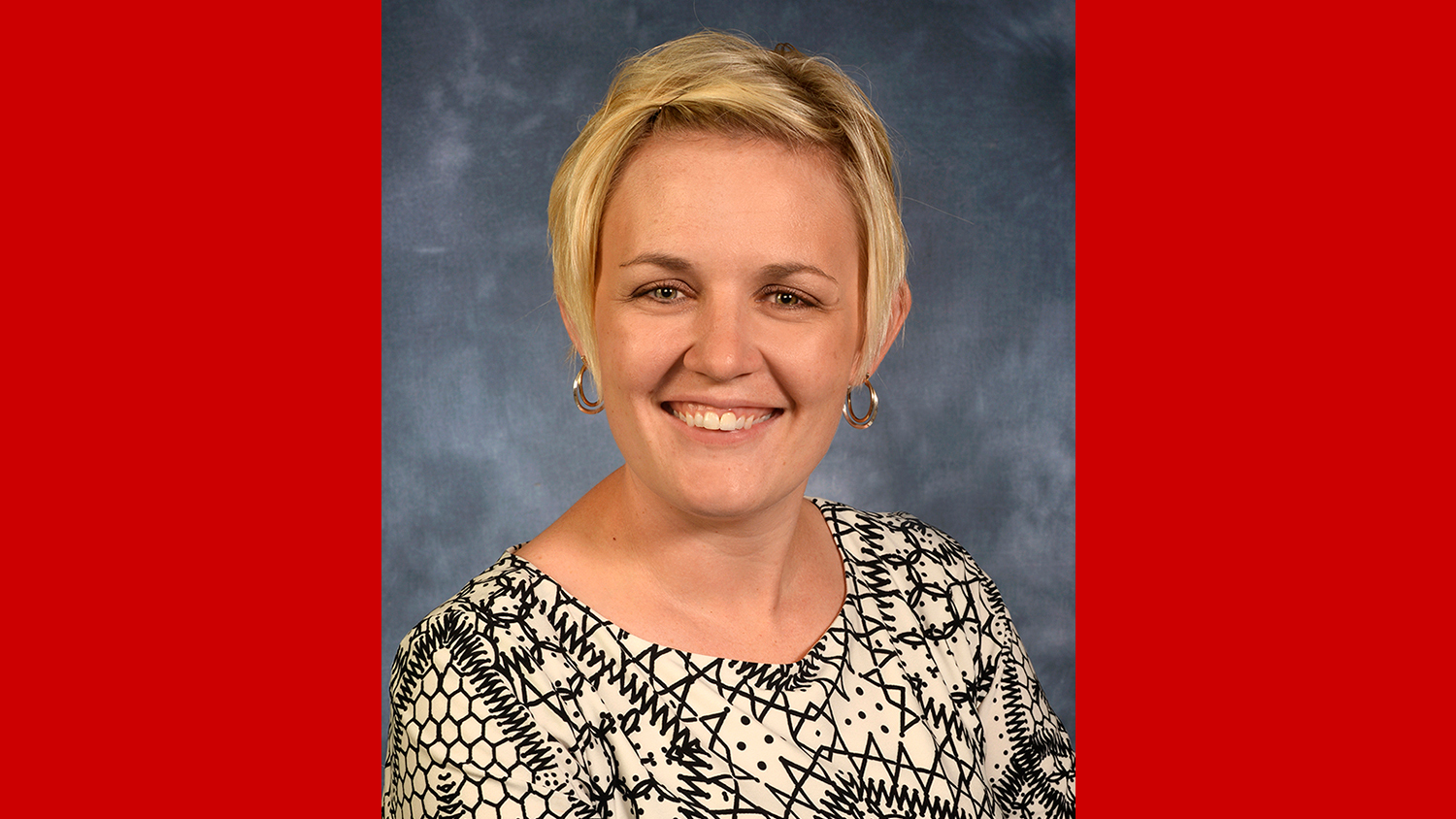Day five on the Dean’s tour: Kannapolis, Charlotte and Winston-Salem
WHEN: November 7, 2012
WHERE: North Carolina Research Campus
“You have to see it to believe it.”
So said new College of Agriculture and Life Sciences dean Richard Linton on the fifth leg of his statewide tour, of the North Carolina Research Campus in Kannapolis.
“I’ve seen photos online and even watched a video tour, but they don’t do this place justice,” Linton said. “It’s just incredible.”
The North Carolina Research Campus houses scientists from a number of universities across North Carolina whose work focuses on the advancement of nutrition, agriculture and human health. Along with representatives of industry, government and the nonprofit sector, these scientists are working together to promote healthy lifestyles and to prevent, treat and cure diseases like cancer, diabetes and Alzheimer’s.
Linton started his morning in Kannapolis with a meeting with Lynne Safrit, president of North American commercial operations for Castle & Cooke Inc., the firm that manages the research campus property. Safrit also serves as president of the North Carolina Research Campus.
Safrit and Dr. Steve Lommel, associate director of the North Carolina Agriculture Research Service and interim president of the David H. Murdock Research Institute (DHMRI), then led Linton and a small group on a tour of the David H. Murdock Core Laboratory Building, which is the centerpiece of the campus.

The core lab is home to DHMRI, the UNC-Charlotte Bioinformatics Research Center, Monsanto, General Mills and Carl Zeiss MicroImaging, Inc. It houses the largest and most advanced collection of scientific equipment in genomics, proteomics, metabolomics, light microscopy and NMR.
The group visited a number of labs and made a trip down to the core lab basement for a peek at its “celebrity” resident, the NMR 950, one ofthe world’s strongest actively shielded superconducting magnets. It was the first of its kind deployed in the U.S. when it was installed on the research campus in 2008.

After touring the DHMRI, the group walked next door to the building that houses the N.C. State University Plants for Human Health Institute.
Led by Dr. Mary Ann Lila, the institute comprises research and extension programs that aim to enhance the health-protective value of food crops, increase the economic impact of North Carolina agriculture and deliver educational resources to enrich the lives of North Carolinians.
Linton met first with all of the directors of the North Carolina Research Campus, representing a number of different universities. Lila, who ran the meeting, described the campus as a “unique experiment” that merges the talents of a broad range of experts from institutions throughout the state.

When asked in the meeting for his impressions of the North Carolina Research Campus, Linton said, “I’m impressed. The facilities are terrific, and there are tremendous opportunities here to build bridges and work together with many different institutions.
“I’m also excited about the opportunities for N.C. State and our college to build partnerships with industry through the work taking place on this campus,” Linton said.
He described his leadership philosophy as focusing on “the three i’s; interdisciplinary work, innovation and industry partners.”
After the meeting, Lila introduced Linton to a small assembly of faculty representing both research and extension and helped lead a tour of the Plants for Human Health Institute alongside Tara Vogelien, the institute’s director of business and research administration.

The group visited several labs, including Lila’s, and checked out the basement growth chambers.
Linton then departed Kannapolis for lunch with CALS alumnus and former 4-H Development Fund president Wells Hall. A partner with Meyer-Brown law firm in Charlotte, Hall is a former 4-H’er and active supporter of the program.
After lunch, Linton hit the road to Winston-Salem for a meeting with Jerry Hardesty, former director of Cooperative Extension in Currituck and Forsyth counties. Hardesty and his wife Martha established a scholarship endowment for the Eastern 4-H Center and also are working to create an endowment to support the Family and Consumer Sciences Foundation.
Dean Linton’s tour wrapped up with an evening reception at the Forsyth County Extension Center in Winston-Salem.
— S. Stanard


